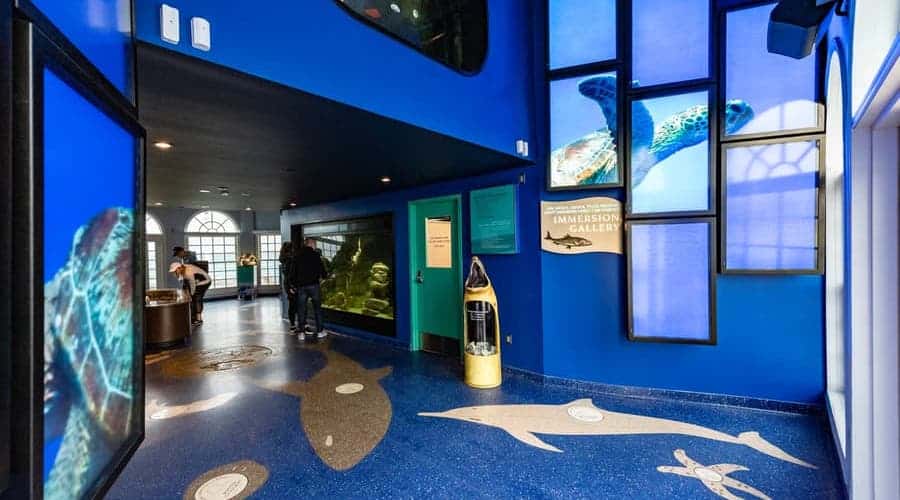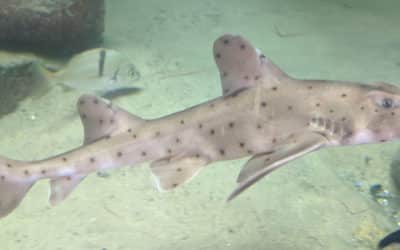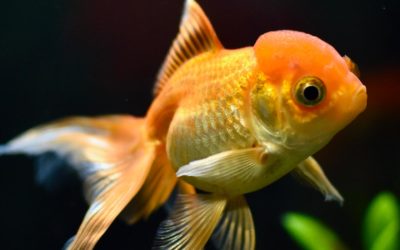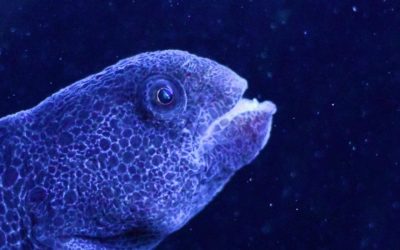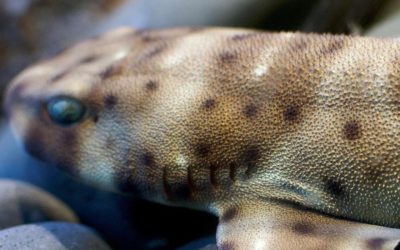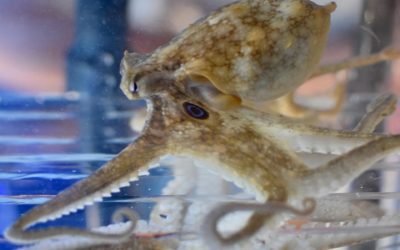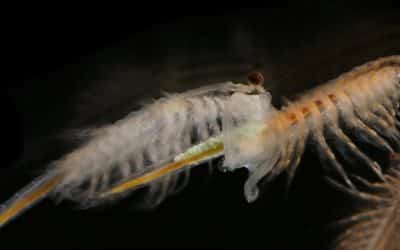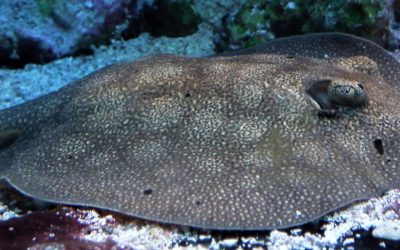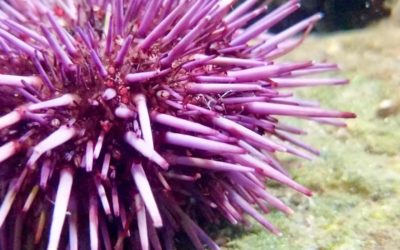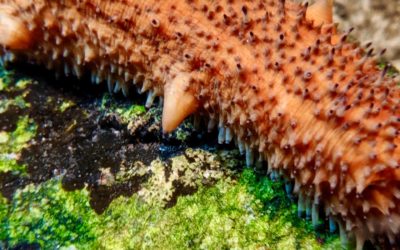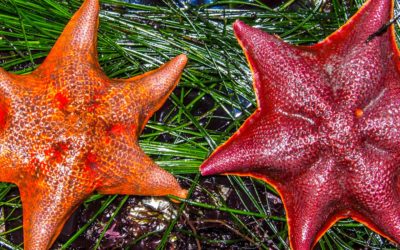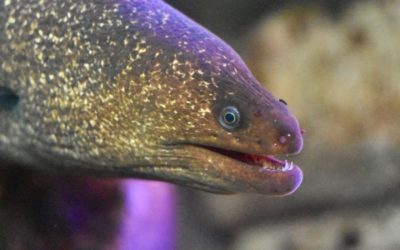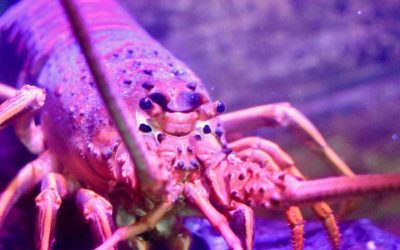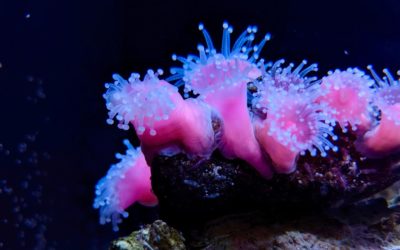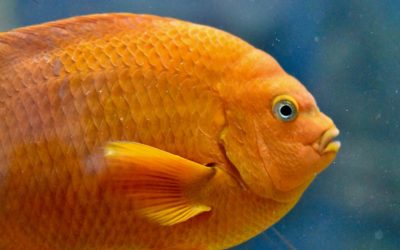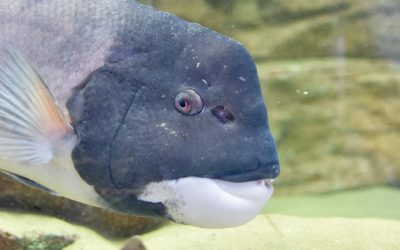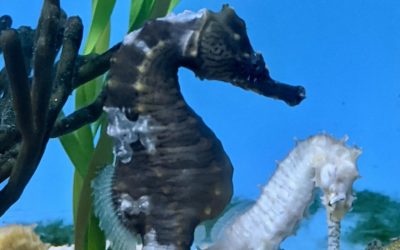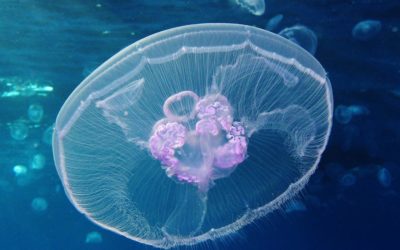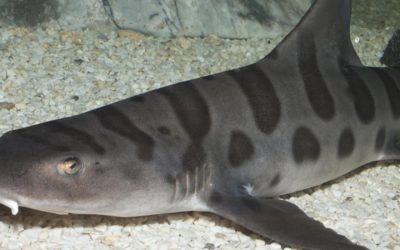Animals
Meet the Animals at the Roundhouse
At the Roundhouse Aquarium, we care for over 100 different species of marine life, most of which can be found in the Santa Monica Bay.
Horn Shark
Heterodontus francisci: Horn sharks can be identified by the two horns that they have on each dorsal fin. Those horns are used for protection against predators. Horn sharks lay spiral shaped eggs that the mother pushes into the sand or in between rocks to camouflage.
Goldfish
Carassius auratus and Betta Fish Betta splendens: Goldfish and betta fish are the only freshwater fish in the aquarium. They can usually be found in streams, riverbeds, and ponds, but ours came from a pet shop! These fish comb the sediment for food and hide in between...
Wolf Eel
Anarrhichthys ocellatus: See the fins on the side of the wolf eel’s body? Those are pectoral fins and that is why the wolf eel is not a true eel like the moray eel! Wolf eels can grow up to 8 feet long. As they age, they develop very strong jaws that are meant to...
Swell Sharks
Cephaloscyllium ventriosum: Swell sharks get their name from the ability to swell up with water when they feel threatened. That way they can fit tightly in a crevice and an enemy cannot attack them. The female swell sharks lay the eggs while swimming through the kelp...
Two-spot Octopus
Octopus bimaculoides: With eight arms, three hearts, nine brains, and the ability to camouflage, the two-spot octopus is the most intelligent animal in the aquarium! Our octopus is a master at hiding so it might be hard to spot her camouflaging and hiding in the tank....
Brine Shrimp
Artemia franciscana: Brine shrimp are a species of plankton that we grow here at the aquarium. They are an important food source and are fed to all the planktivorous (plankton eating) animals including moon jellies and anemones.
Round Ray
Urolophis halleri: Round sting rays are a common visitor to southern California beaches especially during the summer when the water warms up. They are known for having a sharp barb at the end of their tail that can pack a mean punch. Next time you go to the beach,...
Purple Sea Urchin
Strongylocentrotus purpuratus: Sea urchins belong to a group of animals called Echinoderms, which means spiny skin. Makes sense, right? This group also includes sea stars, sea cucumbers, sand dollars, and brittle stars. While the sea urchins in southern California do...
Warty Sea Cucumber
Parastichopus parvimensis: The sea cucumber, which is a relative of the sea star and sea urchin, has the ability to regenerate parts of its body. When a sea cucumber feels threatened, it will “throw up” parts of its guts. The sea cucumber can escape and will...
Bat Star
Pitiria miniata: Bat stars are a species of sea star that are commonly found in Southern California tidepools! Just like other sea stars, the bat star has the ability to regenerate, or re-grow, limbs! It also eats by pushing its stomach out and digesting its food...
Moray Eel
Gymnothorax mordax: Moray eels are the only “true eel” that you can find in southern California which means they do not have pelvic or pectoral fins. Moray eels are equipped with a set of very sharp teeth as well as a set of pharyngeal teeth in the throat that can...
California Spiny Lobster
Panulirus interruptus: When you look at the California spiny lobster, you may notice something missing: the claws! Unlike the east coast Maine lobster, the California spiny lobster does not have any claws. Instead it has lots of spines all over its body to protect...
Strawberry Anemones
Corynactus californica: These are not actually sea anemones, but rather a species of soft coral! They are often found growing on rocks in large clusters. Strawberry anemones can reproduce by cloning themselves, which means that all anemones on a rock cluster are...
Garibaldi
Hypsypops rubicundus: No other fish is more iconic to Southern California than the garibaldi. Whether you are snorkeling in the rocky reef off the Palos Verdes Peninsula or stepping on the dock at Catalina, these fish are plentiful. The garibaldi's bright orange color...
Sheephead
Semicossyphus pulcher: Sheephead have a very interesting life history. When they are first born, all Sheephead are female. As they get older, the largest female in the group will become male and control that group of females. The Sheephead we have in the tank is a...
Sea Horse
Hyppocampus comes: The species of sea horse that we currently have in the aquarium is called a tiger tail seahorse. It is not local to southern California but commonly found off Indonesia and the Philippines. Sea horses are unique because the males are the ones that...
Moon Jelly
Aurelia aurita: Have you ever been stung by a jellyfish? It probably hurt because they have stinging cells called nematocysts! Moon jellies are the exception because while they still have those stinging cells, they are generally too weak to hurt humans.
Leopard Shark
Traikis semifasciata: Leopard sharks are one of the more common sharks in Southern California waters. They generally live in or just beyond the surf zone or even venture into mudflats to feed on clams, crabs, and worms. Leopard sharks can be seen during the summer in...
Roundhouse Aquarium Exhibits

Marine Habitat Gallery
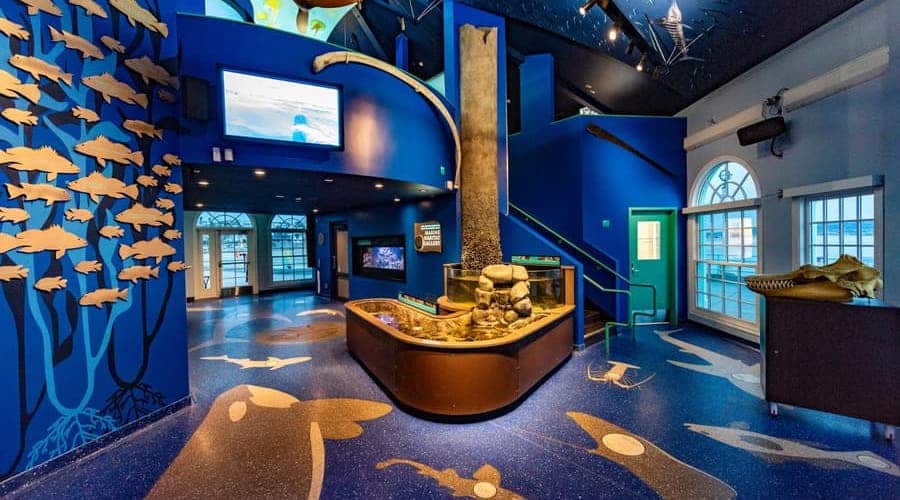
Education Gallery
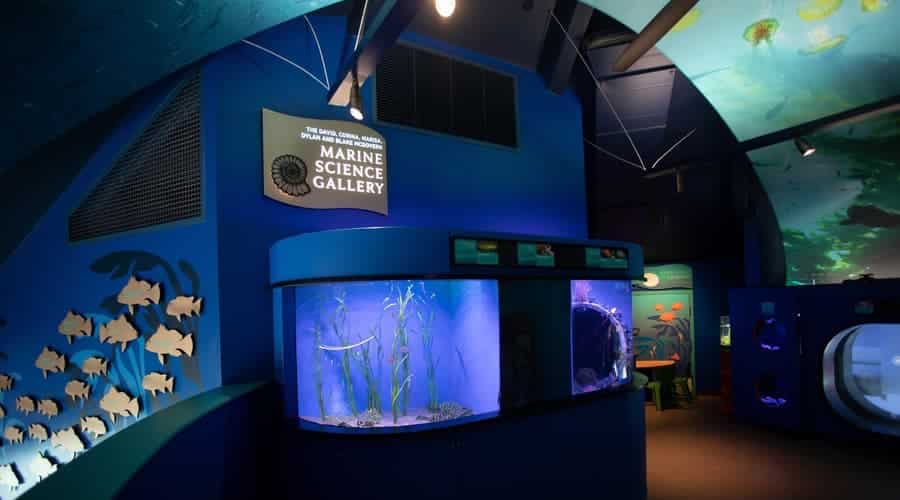
Marine Science Gallery
